Volvo Buses in project researching use of second-life electric bus batteries to store solar energy
Green Car Congress
DECEMBER 10, 2018
This is part of a research project in which Volvo Buses, Göteborg Energi, Riksbyggen and Johanneberg Science Park are working together to examine electricity storage in apartment blocks that have their own electricity production via solar panels. The battery warehouse consists of 14 used lithium-ion electric bus batteries.



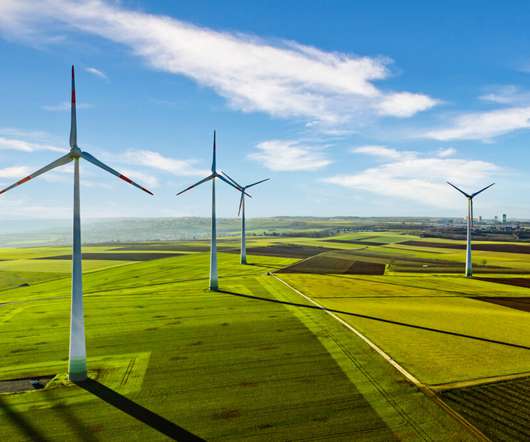

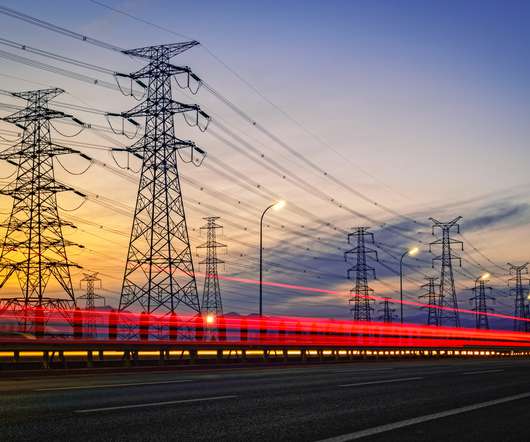
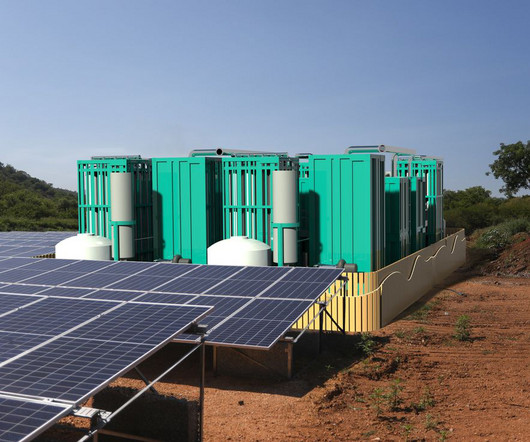
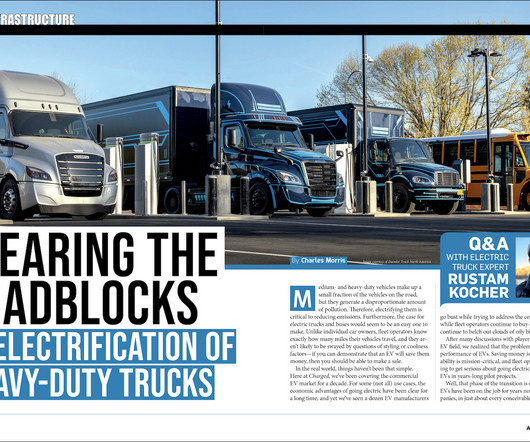

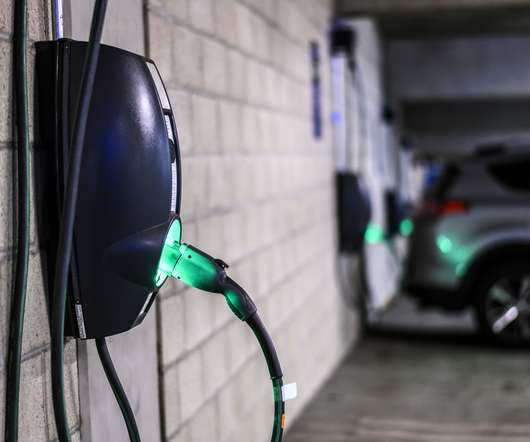









Let's personalize your content